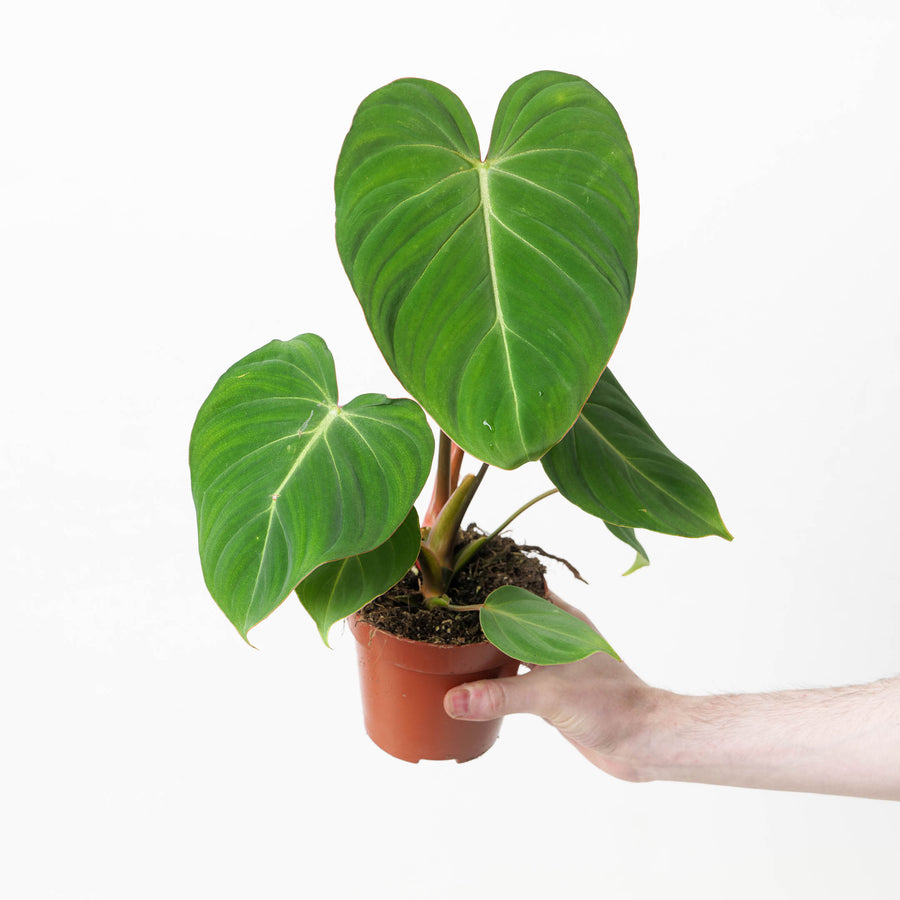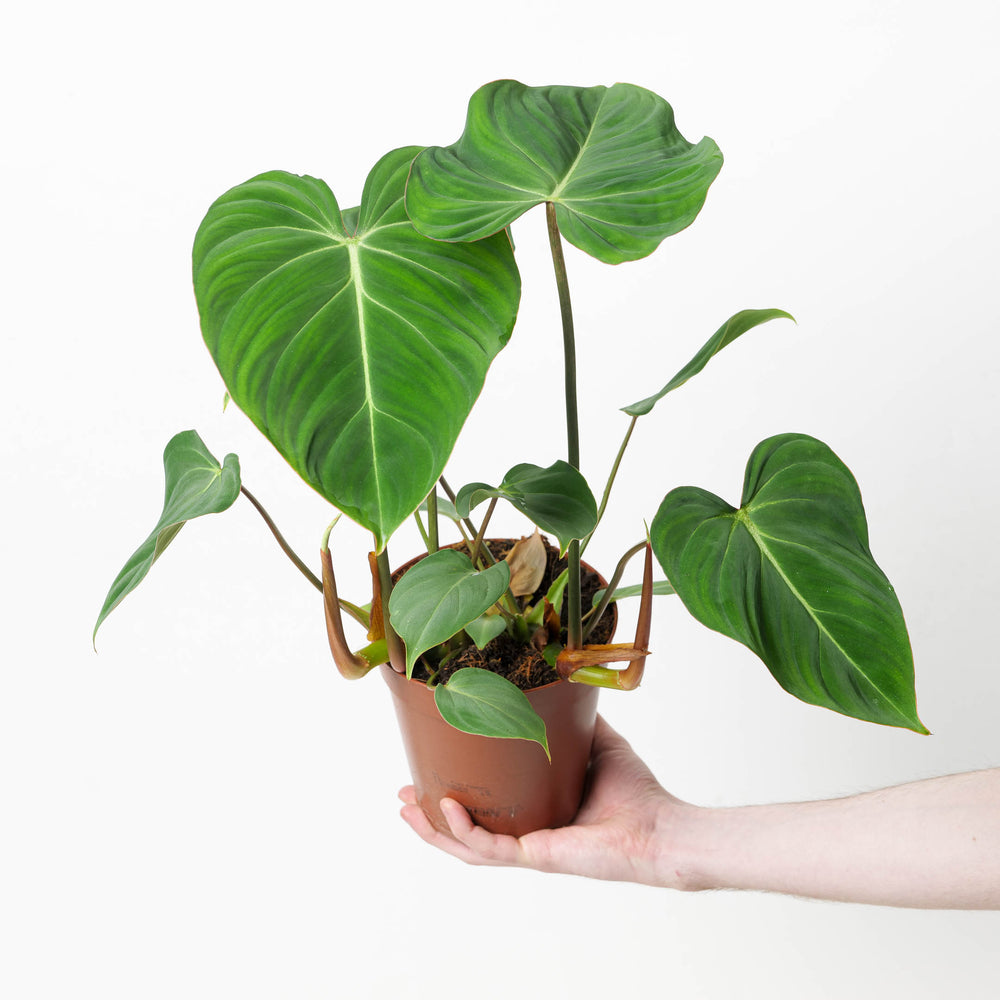Plant Care 101: How to Care for Alocasia
Introduction
Alocasias belong to the Araceae family and are loved by many houseplant collectors both in the U.K and internationally. They are native to tropical and subtropical regions of Asia and Eastern Australia, with currently over 90 accepted species.
These plants have a variety of leaf shapes, sizes, textures and colours and with the right care can produce eyecatching blooms. It's these special unique attributes that makes Alocasia a very popular houseplant genus to collect.
Here at GrowTropicals, we're often asked various care questions and trouble-shooting support when it comes to growing Alocasia. Hopefully, this blog will guide you through essential aspects of caring for Alocasia, including lighting, humidity, soil type, and identifying common problems.
💡 Did you know
Alocasia plants have a unique defence mechanism: they can produce calcium oxalate crystals in their tissues. These crystals make the plant's leaves and stems toxic to deter herbivores from eating them.
While this helps protect them in their natural habitats, it's essential for pet owners to keep Alocasias out of reach of curious cats and dogs, as ingestion can cause irritation and digestive issues.
What Lighting Do Alocasia Prefer?
Alocasias thrive in bright, indirect light. They are accustomed to dappled sunlight under the canopies of tropical forests, so it's best to mimic this environment. Place your Alocasia near an east or north-facing window where it can receive plenty of light without direct exposure to the sun, which can scorch the leaves. If your Alocasia's leaves start to lose their vibrant colour or begin to droop, it might not be getting enough light.

💡 Remember, too much direct sunlight can scorch the delicate leaves.
How Often Should I Water My Alocasia?
Watering Alocasias can be a bit tricky, as they prefer a consistently moist environment but are prone to root rot if overwatered. Water your Alocasia when the top inch of soil feels dry. This usually translates to watering once a week during the growing season (spring and summer) and less frequently in the dormant season (autumn and winter).
Water thoroughly until water drains out from the bottom of the pot. Ensure your pot has good drainage to prevent water from sitting at the bottom and causing problems for their delicate and fine roots.
When Should I Repot My Alocasia?
Repotting is essential for the growth and well-being of your Alocasia. Typically, these plants need repotting every 1-2 years or when they become root-bound. Indicators that your Alocasia requires repotting include roots growing out of the drainage holes or the plant outgrowing its current pot.
Choosing the right potting mix is crucial for a healthy Alocasia. Our Premium Alocasia Potting Mix is a peat-free option designed specifically for growing tricky Alocasias indoors.
This light and airy mix allows for maximum oxygen exchange while retaining moisture, ensuring a healthy root system and avoiding rot. The addition of worm castings provides essential nutrients and trace minerals, giving your plants the best start.
In recent years, many houseplant collectors have had success with semi-hydroponic growing methods. Growing Alocasia in LECA (lightweight expanded clay aggregate) or pon (a mineral substrate) provides excellent drainage and aeration, reducing the risk of root rot and making it easier to maintain consistent moisture levels.
Alocasia Propagation
Corms are an effective propagation method that can be conveniently done during repotting. Corms are small bulbs that grow among Alocasia roots in soil. They are often found near the base or roots of the parent plant.
After cleaning and drying them for a day or two to prevent rot, either pop the corms in a container of partly filled water, or plant the corms straight into a well-draining potting mix.
Ensure they are placed in a warm, humid environment with bright, indirect light, keeping the medium consistently moist. Over the next few weeks, new shoots will emerge, and once the new plants have a strong root system and a few leaves, they can be transplanted into larger pots.

Common issues when growing Alocasia houseplants
Despite their beauty, Alocasias can encounter several problems. Here are some common issues and how to address them:
Yellowing Leaves
Often a sign of overwatering or poor drainage. Check the soil moisture and ensure your pot has adequate drainage.
Brown Leaf Tips
Can be caused by low humidity or inconsistent watering. Increase humidity by misting the leaves or using a humidifier.
Pest Infestations
Alocasias are susceptible to pests like spider mites, aphids, and mealybugs. Regularly inspect your plant and treat infestations with pest remover or neem oil.
Leaf Drop
Can occur due to stress from changes in environment, temperature fluctuations, or insufficient light. Ensure stable conditions and proper care routines.
Trending Alocasia at GrowTropicals
Looking to expand your Alocasia collection? Check out the latest trending varieties at GrowTropicals.
Need More Help with Your Alocasia & Houseplants?
Caring for Alocasias can be a rewarding experience as these plants add beauty and elegance to any houseplant collection.
If you have any specific questions or need further assistance with your Alocasia, feel free to reach out to us via email at hello@growtropicals.com. Our plant experts are always here to help.
Shop our full collection of Alocasia and plant care products today.







